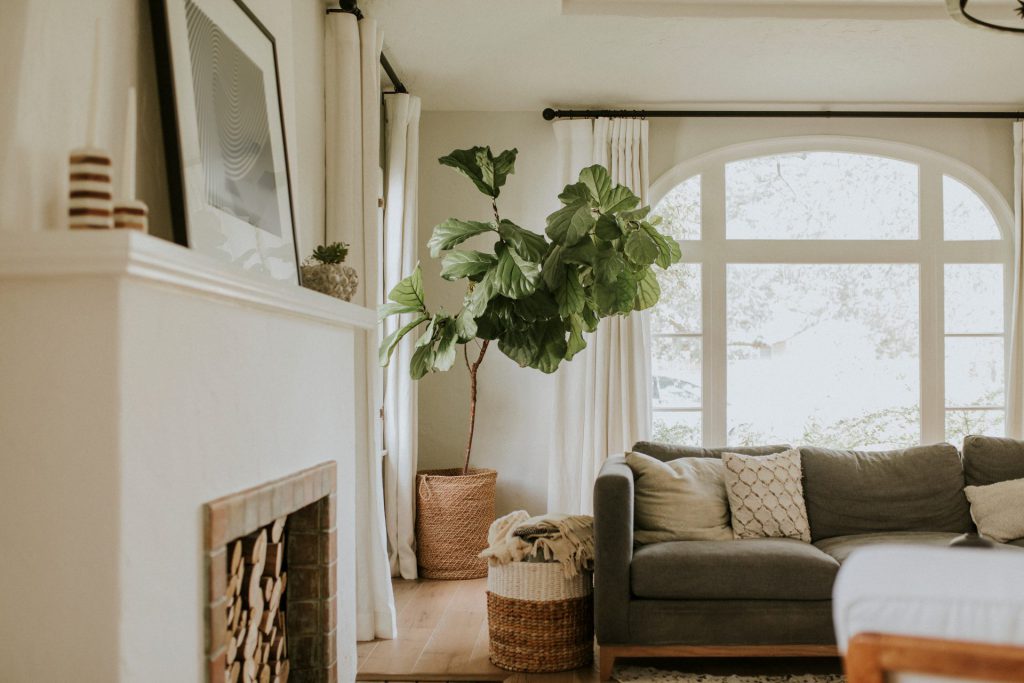As the Australian economy continues to navigate the fallout of the COVID-19 pandemic, homeowners across the country are feeling the pinch of rising interest rates and cost pressures. New data from the Australian Bureau of Statistics shows that the value of owner-occupier housing loan refinancing between lenders rose 3.5% in February to a new record high of $13.6 billion, as borrowers race to switch lenders in search of lower interest rates.
While Australians have been spared from an 11th straight interest rate rise, the recent surge in refinancing activity suggests that borrowers are keenly aware of the need to secure a better deal in a challenging financial environment. BIS Oxford Economics senior economist Maree Kilroy noted that borrowers who obtained historically low fixed-rate home loans in the boom of 2021 and 2022 are about to emerge into a “completely different” environment, where they may find it difficult to refinance and service their loans.
“We’re expecting another cash rate increase, and that will be another drag on borrowing capacity, but it also increases the pool of borrowers that are entering mortgage stress,” Kilroy said.
Mortgage Choice CEO Anthony Waldron echoed this sentiment, stressing the importance of seeking advice now for anyone on a fixed-rate loan. “If you’re coming to the end of your fixed term, or you simply want to get a better deal on your home loan, your broker can show you what future repayments will look like,” he said.
Despite these challenges, Waldron urged borrowers to take heart, noting that there are good deals to be found. Banks are offering new customers discounted interest rates and even cash incentives to switch, so borrowers may be able to find relief in the form of a more competitive deal. Many borrowers may be paying more than they need to, especially given the recent spike in interest rates.

For those with outstanding home loan balances, the recent rate hikes have added significant costs. A typical borrower with a $750,000 home loan balance is now likely paying about $19,800 more in repayments annually since May 2022, when rates began rising. For those with $500,000 outstanding on their home loan, the 10 hikes to date have added about $13,290 a year to servicing costs. Aussies with a $1 million home loan are paying an extra $26,600 a year.
Despite the challenges facing homeowners, there are some bright spots on the horizon. The ABS data showed that new housing finance continued to decline in February, with the total value of new loan commitments plunging 33% from record highs in January 2022. However, New South Wales saw new owner-occupier and investor lending lift, spurred by the First Home Buyer Choice scheme introduced in late 2022, which is helping to put a floor under prices in the Sydney market.
Auction clearance rates are also holding up because new sale listings are running well below average, boosting buyer competition for available stock, according to Kilroy. “People are just sitting on their hands and they’re not selling, but for those that are selling, you’ve got a lot of competition that’s coming through on the demand side, which you can see through in the auction clearance rates, which are sitting above 70% for a lot of capital cities.”
Looking ahead, the Reserve Bank has indicated that further interest rate rises may still be needed to bring inflation under control. Despite pausing interest rates at its most recent meeting, the RBA has flagged that it may increase rates in the future if needed. This could lead to increased pressure on borrowers, especially those who have yet to come off fixed-rate loans.
As homeowners across Australia navigate these challenging financial conditions, it is more important than ever to seek out expert advice and guidance. Speaking to a mortgage broker


